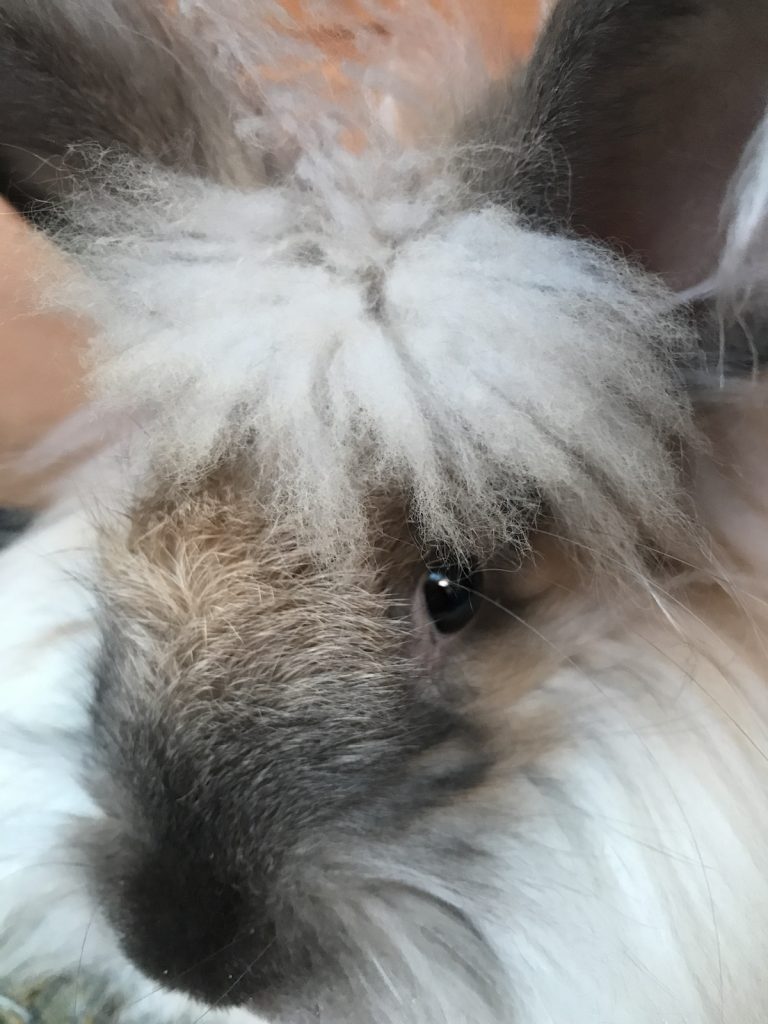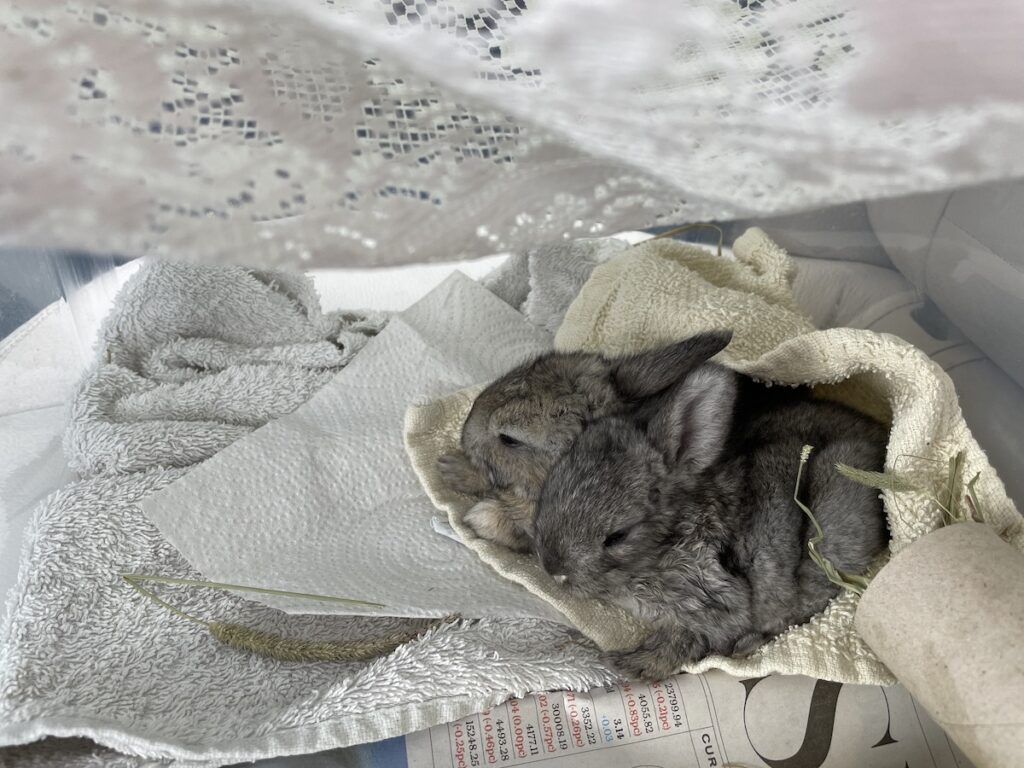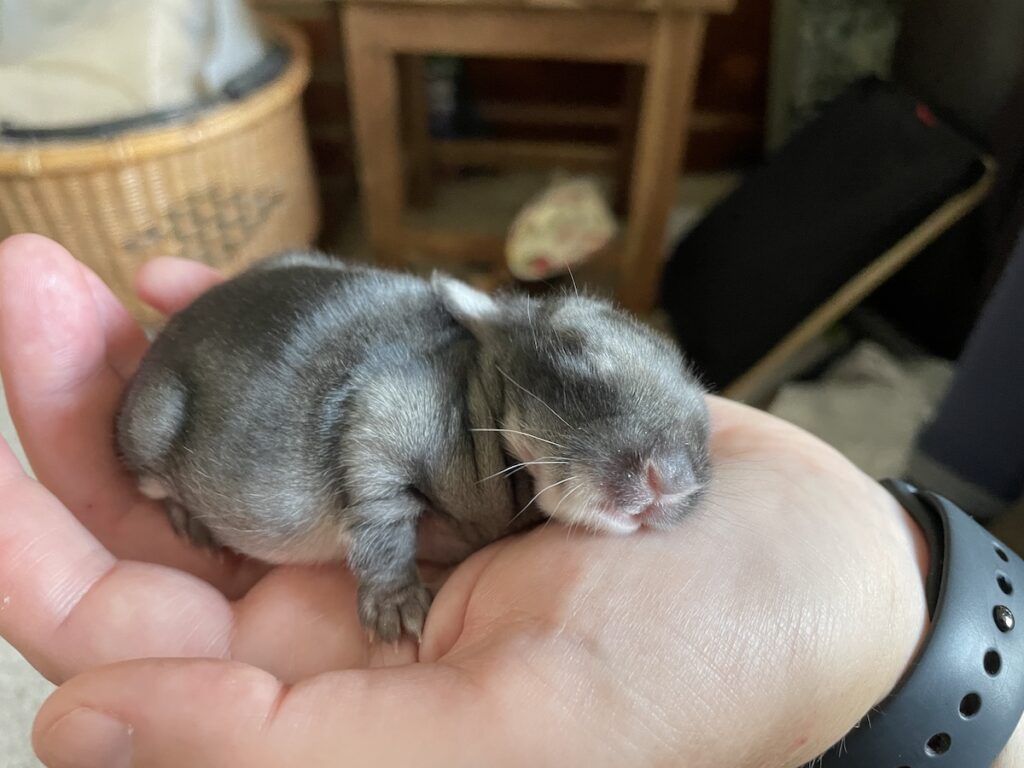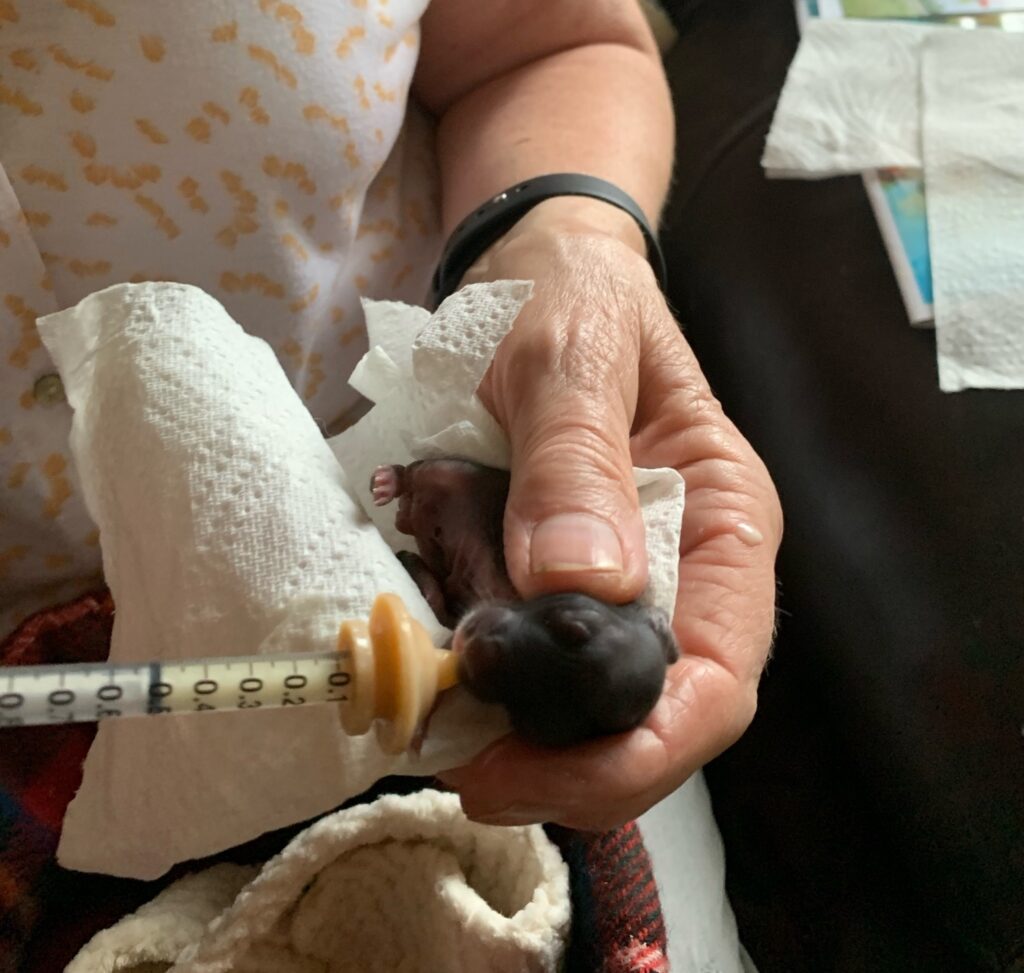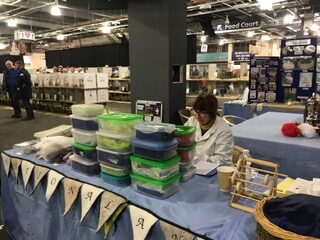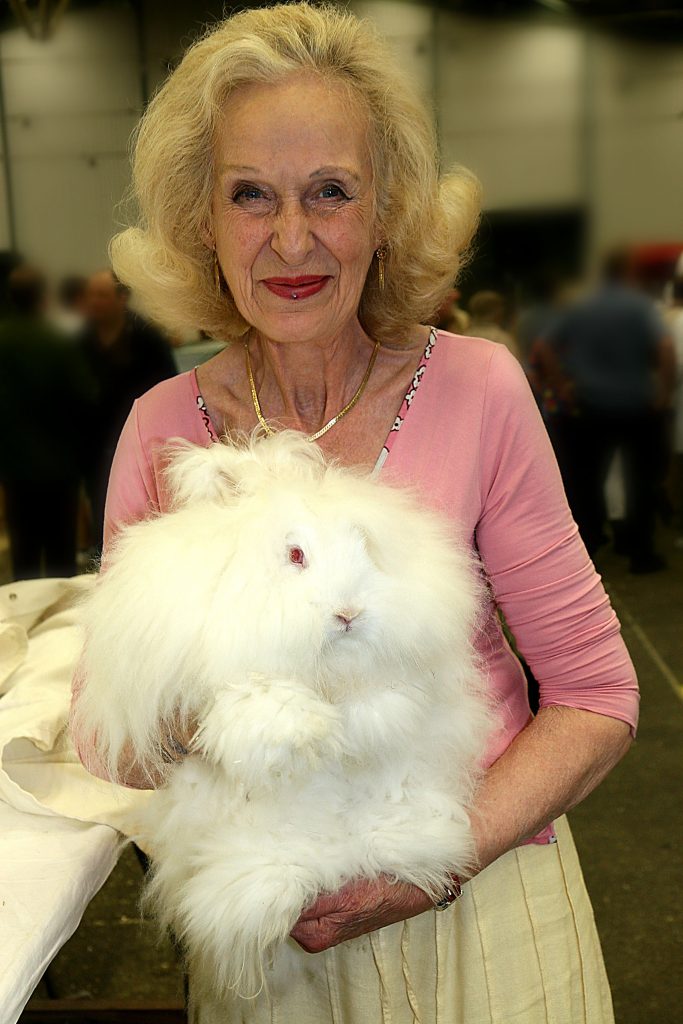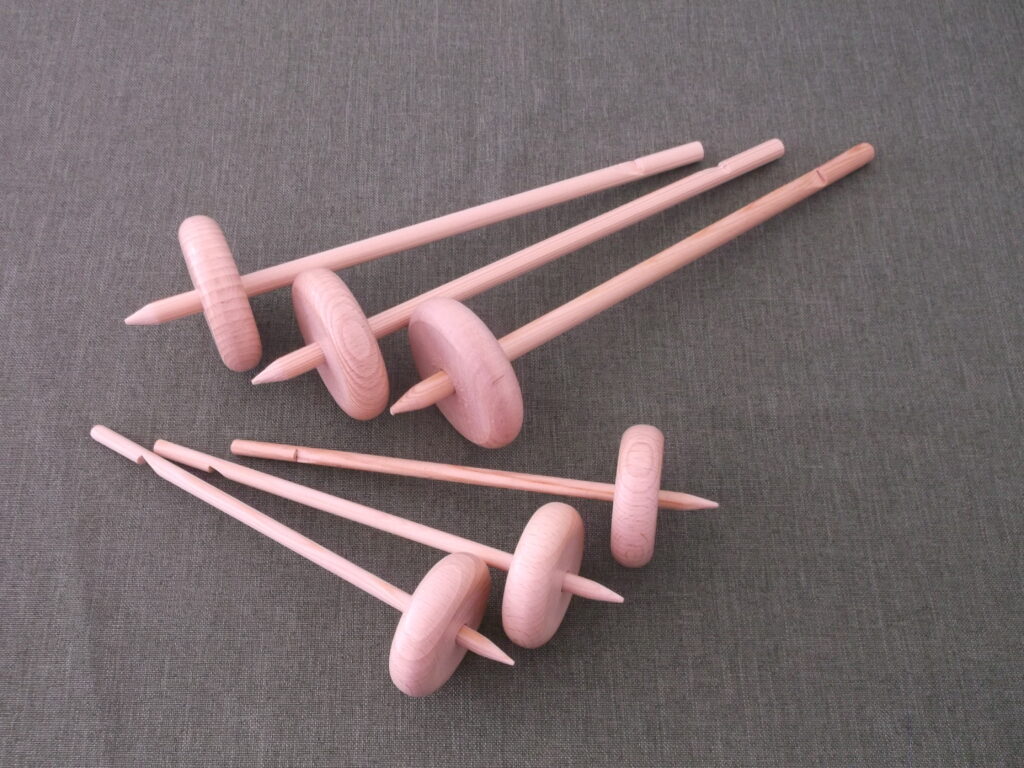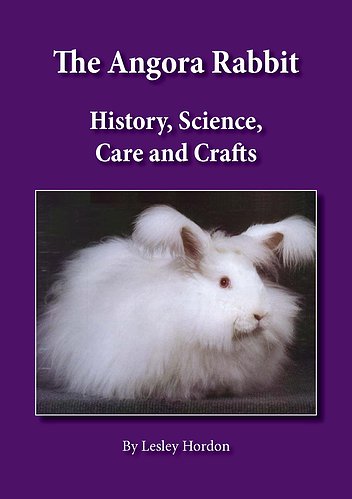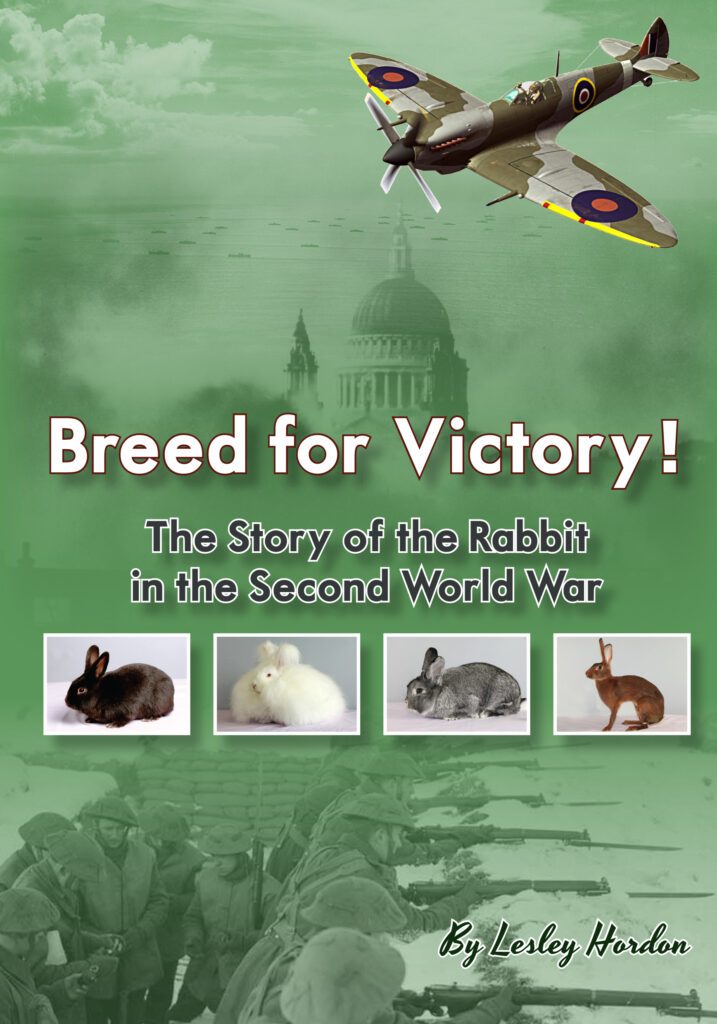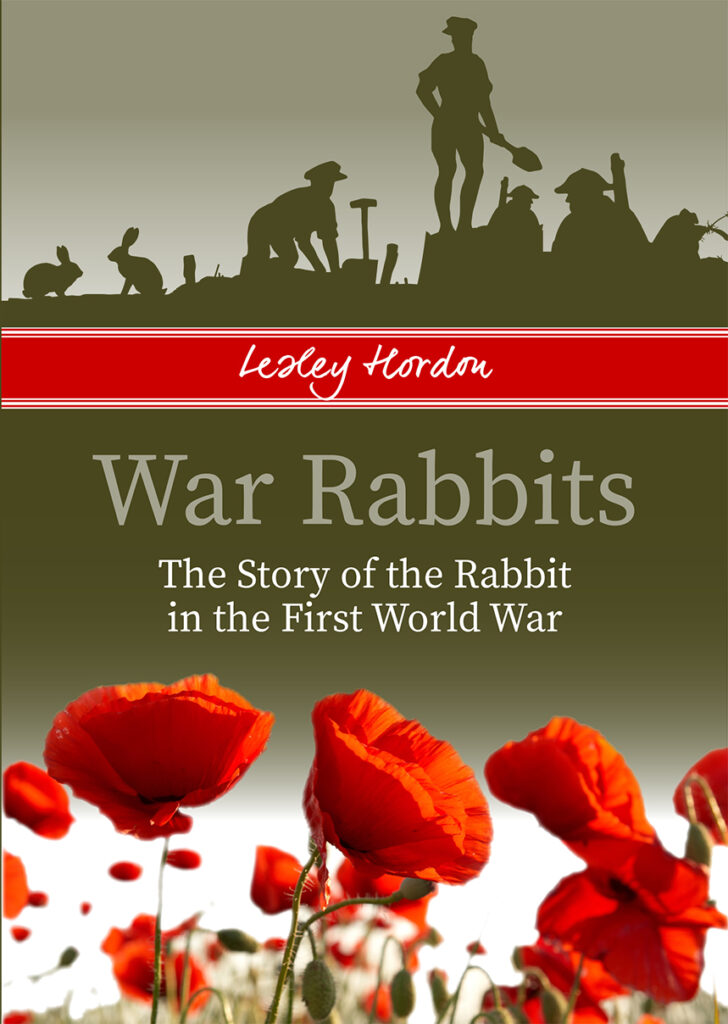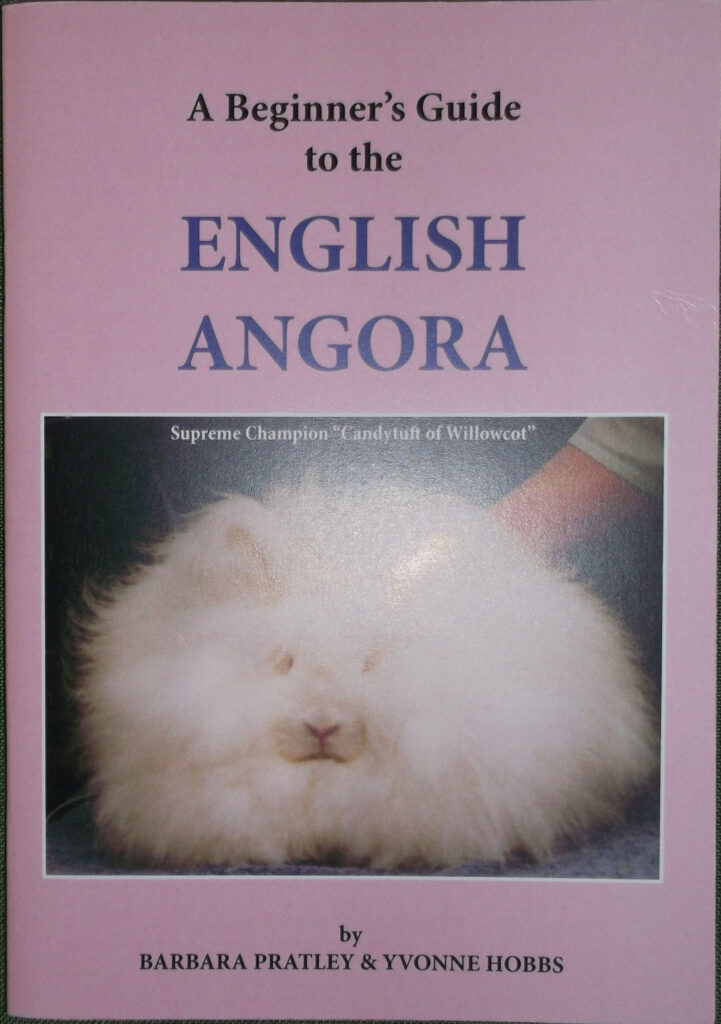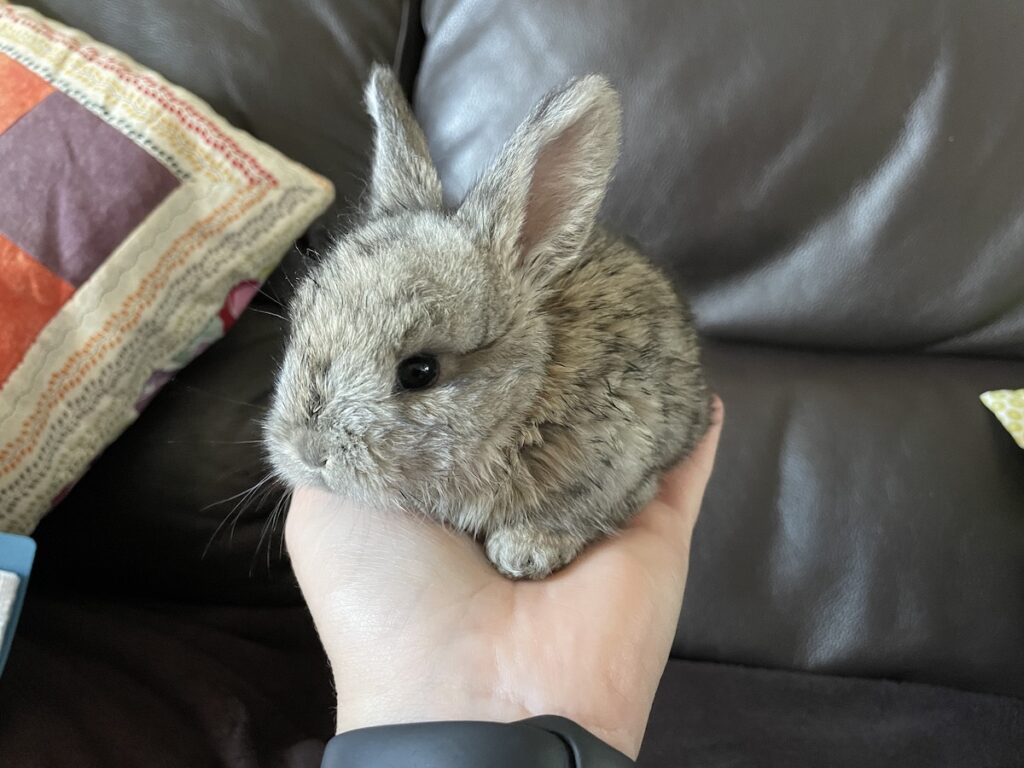
They have made it through to week 4 and are both developing really well and are starting to look more like Angora rabbits now, well in some of the photos they look more like Chinchilla’s but as they grow this will change. They have developed fun personalities and have some very distinctive character traits developing like the larger one is more inquisitive and wants to climb and both stand on their back legs to get a better vantage point to look out. While the smaller one tends to like to try to burrow and dig and run in and out of the cardboard box.
